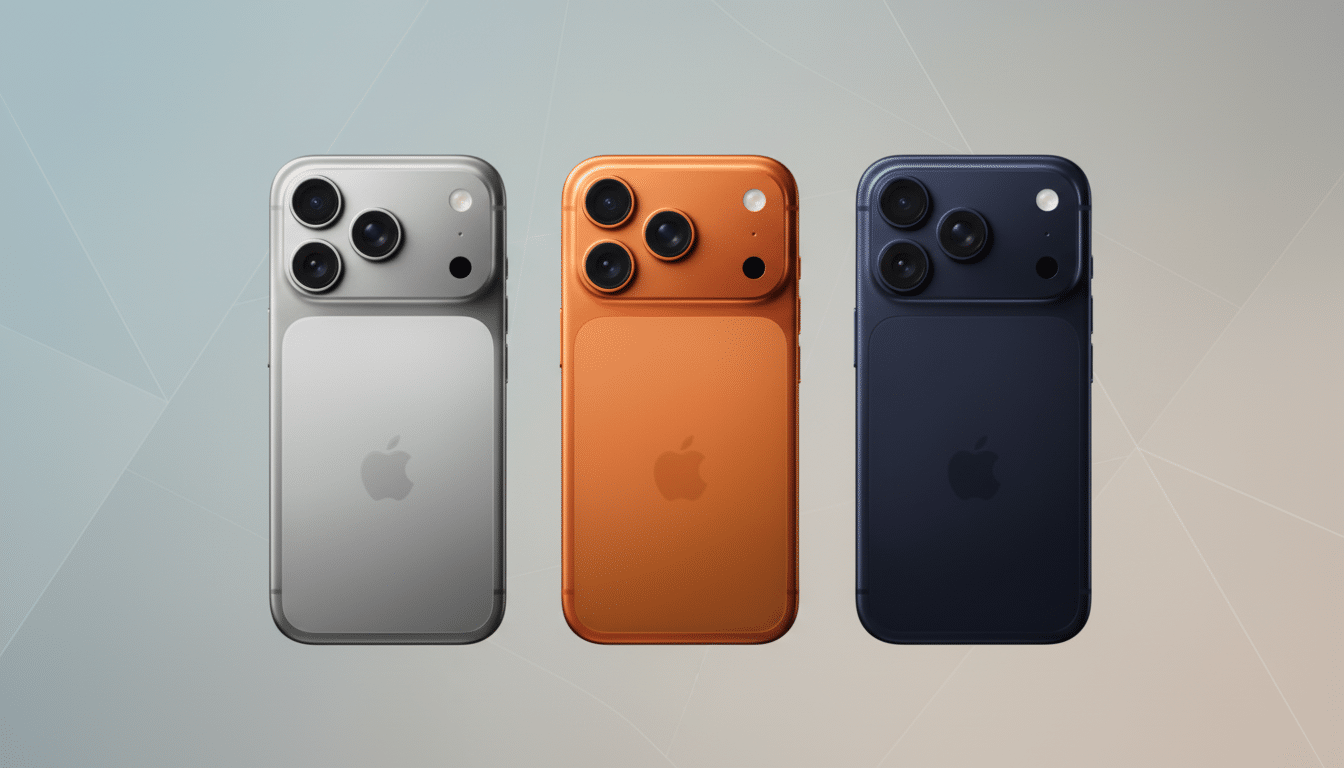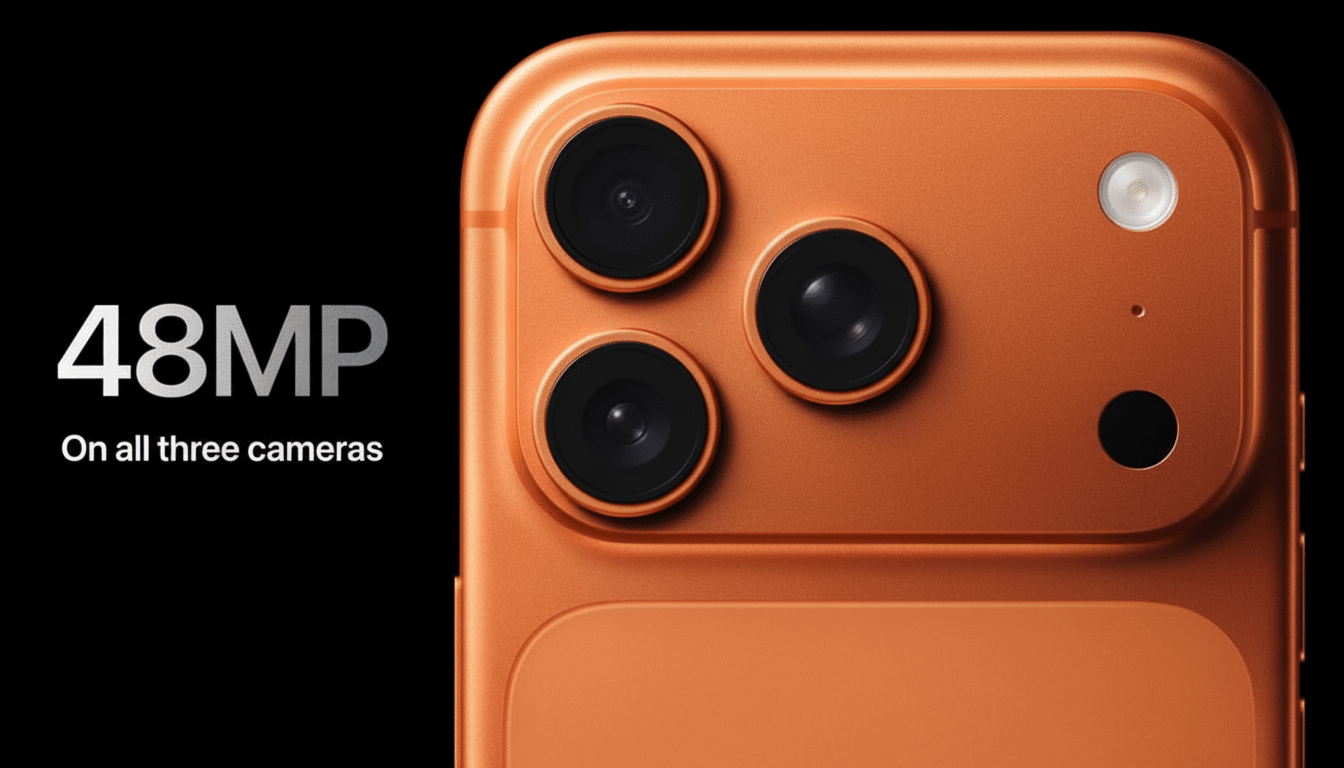Early iPhone 17 Pro owners are reporting that using the new flagship smartphone results in scratches faster than anticipated, with demo units of the device in Apple Stores showing marks just a few hours after an overnight launch. Posts from new buyers and in-store photos have spread online, and a report by Bloomberg’s Mark Gurman notes that similar scuffs could be spotted on display devices at major stores from New York to Hong Kong to London.
Although isolated scuffs are hardly unusual for smartphone rollouts, the number and speed of reports have raised questions about the iPhone 17 Pro’s finish and whether Apple’s materials shift this year made the device more susceptible to cosmetic damage — particularly with darker hues and around MagSafe contact points.

What users are experiencing in stores and at home
Images posted to social platforms show slight hairline scuffs and marks on the iPhone 17 Pro’s back and rails, as well as circular marks where the MagSafe charger attaches. Bloomberg reporters noticed comparable imperfections across demo units in several cities. Some buyers say their personal devices picked up fine scratches from a single day of careful use, but such posts are difficult to independently verify.
There are also reports about the iPhone 17 Pro Max and black iPhone Air being susceptible to surface marks. It’s a recurring pattern, with minor scratching concentrated toward the rear panel as well as around the magnetic charging ring, though that is on account of the magnet and not simply cosmetic paint. The finish itself may also be easier to blemish than last year’s iPhone 16 Pro models.
The unlikely materials shift is at the center
The Pro models of this generation step down from the iPhone 16 Pro’s titanium frame to a block of aluminum with an anodized finish. Anodized aluminum has benefits — lightness, the ability to conduct heat, and the freedom of color — but it’s softer than titanium and shows micro-abrasions more easily, especially on darker tints where any contrast reveals every nick. This is in keeping with what I’ve heard from across the industry: anodized aluminum on the Mohs hardness scale (a measure of a mineral’s resistance to scratching) rates lower than hardened glass and ceramic coatings, so grit and metal contact can cause scratches that are plainly visible.
MagSafe “ring rash” is a common affliction on smooth finishes caused by congealed dust or metal particles between the charger and the phone. The pressure of the magnetic contact can then etch a faint circle over time. Owners who regularly charge wirelessly, or use magnetic accessories, might see these marks sooner than they would have but for spotless surfaces on both sides.

Up front, Apple is sticking with Ceramic Shield glass co-developed with Corning. Independent torture tests in previous iPhone cycles have usually revealed scratches at around Mohs level 6, with deeper grooves appearing at level 7 — pretty common for modern smartphone glass. The current bashing is around the back housing and finish, not the display.
Why there might not be a black iPhone 17 Pro
It should be noted that in Apple’s lineup there was no true black option to buy on the Pro models this time around; they offered Silver, Cosmic Orange, and Deep Blue. The scratch visibility on darker anodized finishes, Gurman has posited, could be at least part of the reason for that omission. Of course, the history of dark aluminum iPhones — you need look no further than the iPhone 5 “Scuffgate” for proof — is that the edges tend to wear and accumulate micro-scratches more easily, while lighter finishes more readily hide them in normal lighting.
It is a well-known trade-off in materials engineering. Stainless steel (which the Pros of yore used) does not scratch but is heavy and fingerprint-prone; titanium doesn’t corrode and looks premium but makes mass finishing and color more complicated. Anodized aluminum is lighter and can be colored more uniformly, but also may show wear at an early stage unless protected by coarser coatings or textured finishes that scatter scratches.
What buyers can do now to avoid cosmetic wear
- Use a slim case or an adhesive skin to minimize visible scratching, particularly around the MagSafe area.
- Using a microfiber cloth, clean the charger and both sides of your phone regularly to clear away grit.
- If you prefer to go without a case, use a nonmagnetic wireless pad to prevent halo rings from becoming imprinted on the back.
- Never put the phone face down on rough tables or in pockets with keys or sand.
AppleCare+ provides coverage for accidental damage, not regular cosmetic wear and tear. If your new device displays weird marks out of the box, it’s worth heading to an Apple Store within the return window. Multiple early iPhone generations faced early complaints of finish issues without notable long-term reliability challenges or impact to sales; however, then, like now, those who buy at launch and can’t stand a blemish may want to budget for protection right from the start.
Bottom line on the iPhone 17 Pro scratch complaints
Early messages from owners and retail demos suggest the iPhone 17 Pro’s anodized aluminum case is more susceptible to visible micro-scratching than last year’s Pro models. Bloomberg’s on-the-ground reporting adds weight to that, and if there is no black Pro color, it may reflect Apple’s awareness of how dark anodized surfaces wear in use. None of this affects performance so much as it affects how the phone will age cosmetically — protection and mindful charging habits may matter more than usual this cycle.

